Behaviour Services- Frequently Asked Questions
Your Content Goes Here 1.What do behaviour services look like at Pathways to Hope? At Pathways to Hope, a Board Certified Behaviour Analyst (BCBA) will work with you and your child using either: 1. a 1:1 therapy model where your child works directly with BCBA, or 2. a consultation model where BCBA works with caregiver to implement behaviour strategies in the home setting. 2. What is behavioural therapy? Behavioural therapy focuses on positive, meaningful behaviour change. This may include your child learning social skills, language and communication, routines, academics, self-help skills, and more. It may also include decreasing harmful or unsafe behaviours, often by replacing these with alternative, positive behaviours. At Pathways to Hope, our BCBA uses principles of Applied Behaviour Analysis (ABA)(see ABA section for more). 3. What is ABA (Applied Behaviour Analysis)? ABA is a research-backed methodology for understanding behaviour (the skills and actions needed to live, play, work, talk, etc.). ABA is used to increase positive behaviour, learn new skills, and essentially to help individuals and their families live their best lives. Typically, a goal/new skill will be broken down into smaller steps, which will gradually be worked on until the end goal is met. Research shows that consistent ABA can significantly improve behaviours and skills and reduce the need for special services (Reichow, 2012). ABA has been endorsed by multiple agencies around the world including the U.S. Surgeon General, the American Academy of Pediatrics, and the National Institute of Mental Health (BACB, 2022). 4. How long will my child need behavioural therapy? This varies depending on the child’s needs. Typically, the BCBA and team working with your child will evaluate your child’s needs on an ongoing basis. Overall, the goal is to help you and your child be equipped and empowered so that intervention is no longer required. 5. Is ABA only used for kids with autism? Although ABA is most often used for helping children with autism, there are many other applications of it!It’s also used in areas such as parenting, education, traumatic brain injury, mental health, sports, and workplace performance. 6. Who will work with my child/me? At Pathways to Hope, a Board Certified Behaviour Analyst (BCBA) will work with you and your child. A BCBA is an individual with an expertise in Applied Behaviour Analysis (ABA). BCBA’s are required to hold a masters in ABA, psychology or education, complete 1500 hours of supervised fieldwork in an ABA program, and sit for a board exam. 7. What will my child learn in behavioural therapy? Your BCBA will assess your child’s needs and create an individualized plan. Goals may range from pre-academic and visual responding skills to self-help or emotional regulation skills. You (the caregiver) will be involved in your child’s goal planning and progress. References Behavior Analyst Certification Board. (2021, January). An applied behavior analysis subspeciality: Behavioral treatment of autism and other developmental disabilities. https://www.bacb.com/wp-content/uploads/2020/05/Behavioral-Treatment-of-Autism-and-Other-Developmental-Disabilities-Fact-Sheet_210108.pdf Reichow, B. (2012). Overview of meta-analyses on early intensive behavioral intervention for young children with [...]








 Sharon Walker, MSW, RSW
Sharon Walker, MSW, RSW Jordon Iorio Hons. BA, RSW
Jordon Iorio Hons. BA, RSW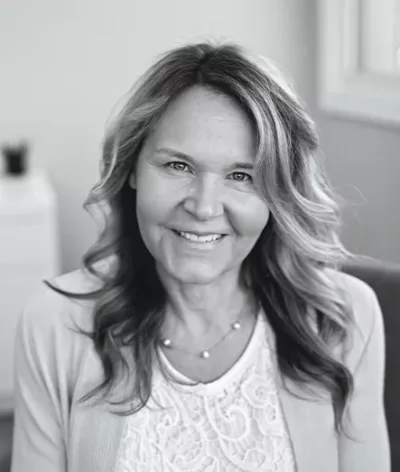 Christine Bibby, B.S.W., M.S.W., R.S.W.
Christine Bibby, B.S.W., M.S.W., R.S.W.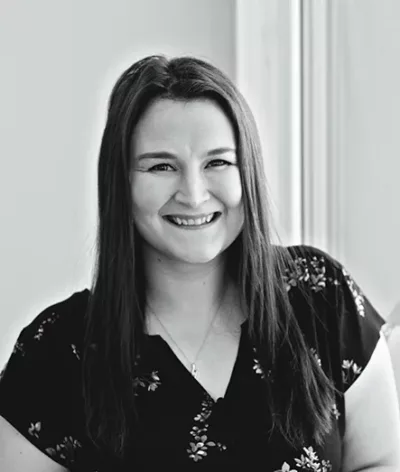 Brianna Kerr, RSW
Brianna Kerr, RSW Danielle Vanderpost, RSW
Danielle Vanderpost, RSW Daniela Switzer, MA, C.PSYCH
Daniela Switzer, MA, C.PSYCH Tammy Adams
Tammy Adams Jade Bates, RMT
Jade Bates, RMT Caitlin Schneider
Caitlin Schneider Dr. Crysana Copland
Dr. Crysana Copland
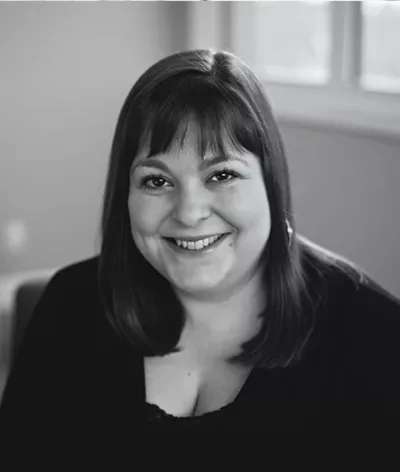 Amy Dougley
Amy Dougley Emily Green
Emily Green Bill Dungey, RSW
Bill Dungey, RSW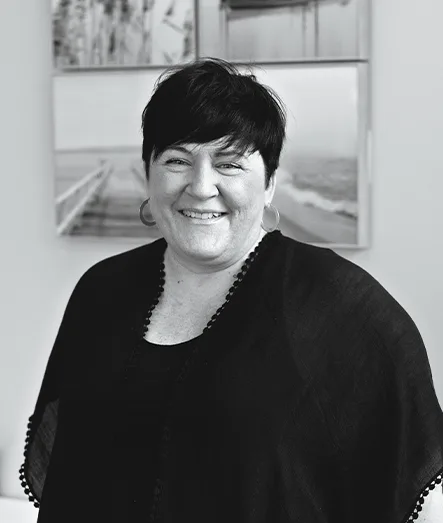
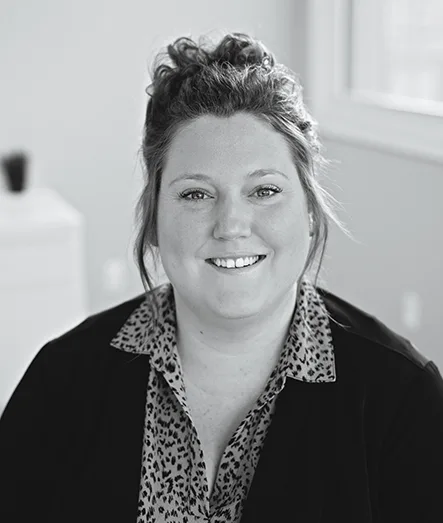


 Jessica Moore, RSW
Jessica Moore, RSW Abigail Wragge, RSW
Abigail Wragge, RSW